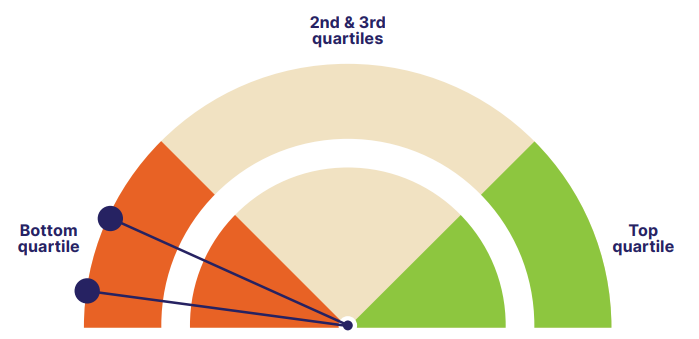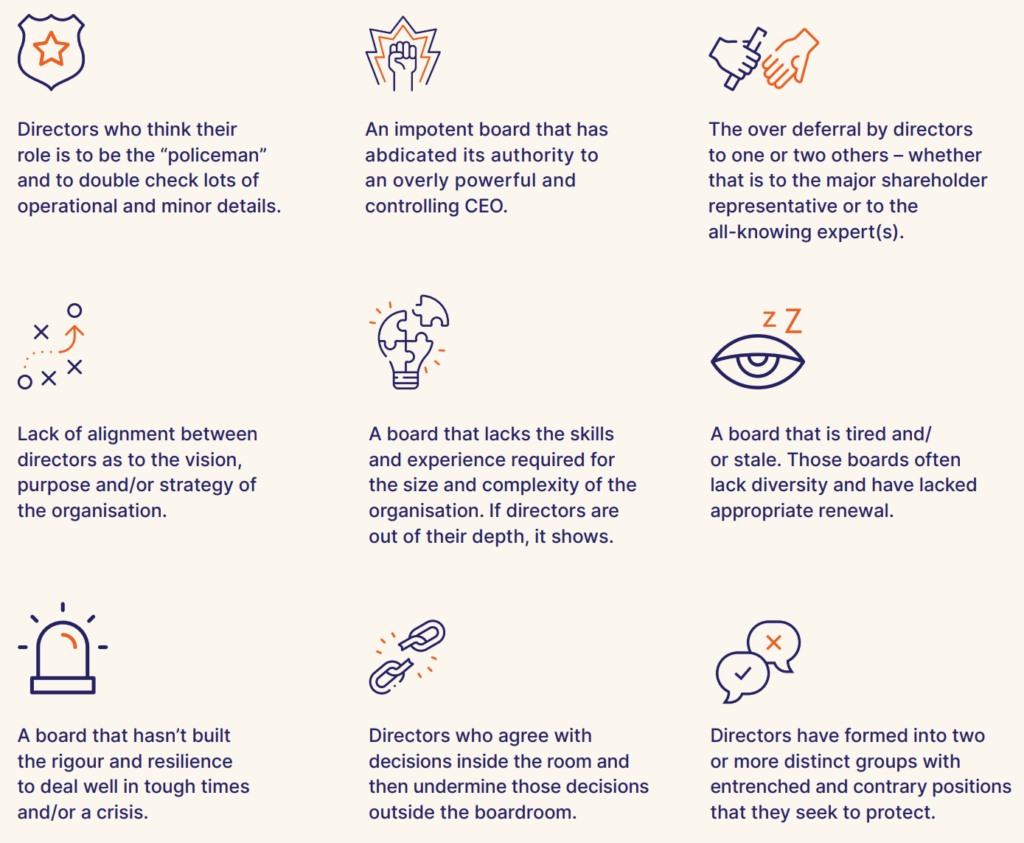Written by Nicholas Barnett, Executive Chair, Board Benchmarking – as part of our latest report ‘Benchmarking board performance: 500 board reviews later‘.
Too many boards have an elephant in the room that they fail to acknowledge and deal with. We encourage boards to name, understand and deal with the elephants.
So, what is the elephant in the room when it comes to boards, as a whole, across Australia and the world? What is the big issue for many boards that you never hear director and governance institutes, board forums, boards or individual directors acknowledging, discussing and dealing with?
Research shows that at least 25% of boards are dysfunctional
We think the very big elephant in the room when it comes to boards is the fact that at least 25% are dysfunctional. And what’s worse, many of that 25% don’t even know they are dysfunctional, and if they do know they don’t have the capacity and/or the will to deal with the dysfunction.
Board Benchmarking is an evidence-based company. At least 25% of the more than 500 boards reviewed by Board Benchmarking and its partners in Australia and overseas were dysfunctional at the time of the relevant review. The dysfunction is not especially higher or lower in particular industries or in certain sizes of organisations – it is across the board.
Those 500 plus boards self-selected to carry out a board review, so they are more likely to be the better boards. It is likely that many dysfunctional boards have self-selected not to carry out a board review — but it is those boards that are more in need of such a review.
Only 42% agree or strongly agree ‘the board conducts a regular assessment of the effectiveness of each director’.

What does dysfunction look like?
Dysfunction comes in many shapes, sizes and often disguises. There are also different levels of dysfunction. For the purpose of this article, we define board dysfunction as an abnormality or impairment that has, or is likely to, significantly adversely impact the board’s performance, effectiveness and decision making.
Examples of dysfunction

A benchmarked board review can be an important catalyst for change
It can be quite confronting for a board to see that their effectiveness is benchmarked in the bottom quartile (and coloured in red) overall and in several important areas of effectiveness. The comments section of the board survey is likely to add important context as to why certain areas are benchmarked lower than other areas.
A board advisory partner can help boards interpret and act on their benchmarked board survey report. This can include assisting a board to deal with any areas of dysfunction.
If the board and their advisory partner take a constructive approach to their board review, their report that is benchmarked in the red can act as an important catalyst for change. As one chair of a board we reviewed said, “the benchmarked report gave us great insights that will enable us to improve out of sight over the next year”.



